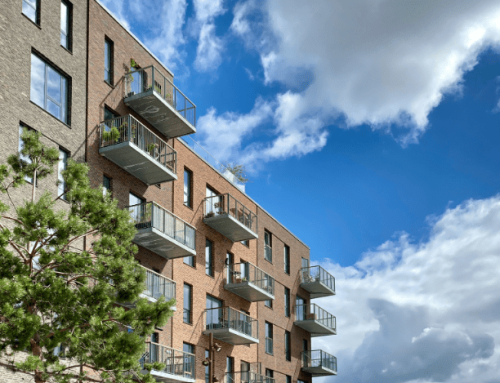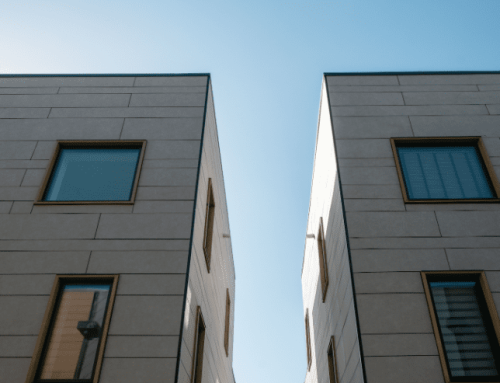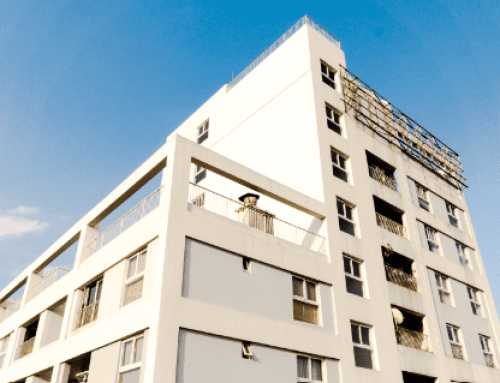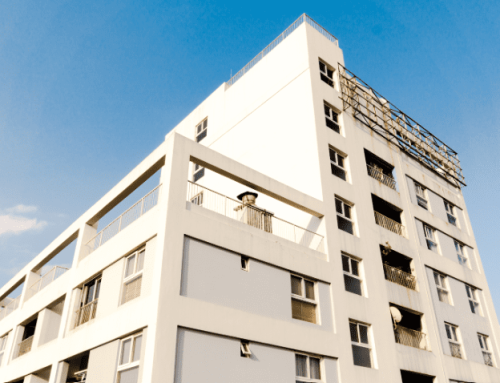Since the introduction of the Landlord and Tenant Act 1985, a landlord has always been required to consult with leaseholders when considering initialising major works such as block improvements or entering into long-term agreements for service provisions.
Nowadays, collecting feedback is embedded as a key function of any business, and being a landlord or block manager is no different. Feedback helps to identify issues, prevent problems from emerging or deteriorating and maintains positive, open communication.
Ultimately whilst different issues will present differently to leaseholders, such as any charges for major works, all leaseholder properties receive the same services and hold similar aspirations of creating a safe, secure community throughout their block.
For common concerns such as grounds maintenance, communal lighting issues or general repairs a responsive service to these issues can help to cultivate a secure and enriching environment. However, if leaseholders are unable to give their views, minor grievances can turn into snowballing issues that fracture trust in the tenant and landlord relationship.
To make sure your leaseholders have these opportunities, there are three main ways you can start collecting leaseholder feedback in order to identify areas of your block that may need improvement.
Hold relevant group meetings.
Inviting leaseholders to attend meetings offers opportunities for leaseholders to participate meaningfully to the strategic direction of the block management, to help shape the services it provides and to convey any concerns or issues.
Leaseholders will feel assured and satisfied that they have had the opportunity to speak, and will feel as if their influence will be accredited in the final decisions that the landlord or block manager makes.
On a strategic level, the approach must identify clearly communicated outcomes subject to those conversations, and should involve complete transparency from landlords or block managers in regards to the scope and remit of the work.
Using this feedback to provide points of reference ensures that landlords and block managers make decisions that are both necessary for the block, but that leaseholders will also be satisfied with. For example, improving services that have been noted as poor, whilst making those improvements fair and affordable for all.
Follow up meetings that address the completion of these outcomes, and that display clear resolutions to worries or problems will boost leaseholder happiness and satisfaction levels, whilst also benefiting the block by changing a service that may have been detrimental and overlooked.
Send out regular, relevant communication.
Whilst newsletters are a traditional form of communicating with leaseholders and tenants, they are often unfortunately a one way conversation.
Meaning to presume what your leaseholders may or may not have concern or issue with will be detrimental to the trust needed in a landlord or block manager understanding leaseholder needs.
Instead, to open up a more collaborative discourse, use digital forms of communication such as emails, a leaseholder intranet or portal with message board or forum, or if it is also available, SMS or instant messaging.
Digital methods of communication afford leaseholders the opportunity to be able to reply, such as to an email or message, or contribute to a forum or message board. This is highly valuable for any landlord or block manager as improvements that have major implications for leaseholders, such as re-modelling or communal area maintenance can be expressed instantly.
Being aware of this feedback can help to navigate the process of initiating the improvements more smoothly, whilst also preventing a landlord or block manager from making a decision that will upset the large majority of leaseholders.
Make time to meet with leaseholders individually.
Joint residents’ meetings and digital forms of communication can be great ways to collect feedback from leaseholders, but if a leaseholder is unable to make a meeting, or is not technologically minded, these can fall short.
As a consequence, bad feeling could begin to circulate locally if leaseholders happen to find out information informally, especially if the information becomes incorrect or hyperbolic.
One of the very best ways to prevent this and collect leaseholder feedback is simply to meet with the leaseholder, as regularly as necessary.
A quick five or ten minute discussion can be a great way to establish trust and build a productive and collaborative landlord or management relationship, whilst identifying areas of your block that may need improvement.
If for example you receive multiple comments regarding the building’s lifts, you can preempt the repair and maintenance needed and work to actively address the issue. Likewise, if perhaps the communal area is in need of redesign or modernisation, procedures can be made to account for or address this.
To Conclude:
Good block management, or leaseholder management can only be established if the landlord or block manager is understanding leaseholder needs.
To demonstrate your appreciation for what will be beneficial and highly valuable feedback, following up any of these methods of communication with annual or bimonthly reviews. These reviews can be in person meetings, or take the form of other roundup methods of communication.
These follow ups display that you are taking feedback on board from your leaseholders and helps to cultivate values of transparency, positivity and proactiveness that ultimately lead to leaseholder happiness and a trusting relationship.
At Scanlans Property Management we possess an experienced team of support personnel including secretarial and Property Management Assistants. Our dedicated experts can provide fully managed services for residential blocks.. Find out more about our block management support services here.










[…] You can read more on how to use resident feedback to improve your block in our blog here. […]
[…] See More: How to Collect Tenant Feedback to Improve Your Block […]
[…] See More: How to Get Leaseholder Feedback to Improve Your Block […]
[…] their day to day role, block managers could expect to be in charge of maintenance, resident relationships, organisation and administration, which are all areas that present unique situations that block […]